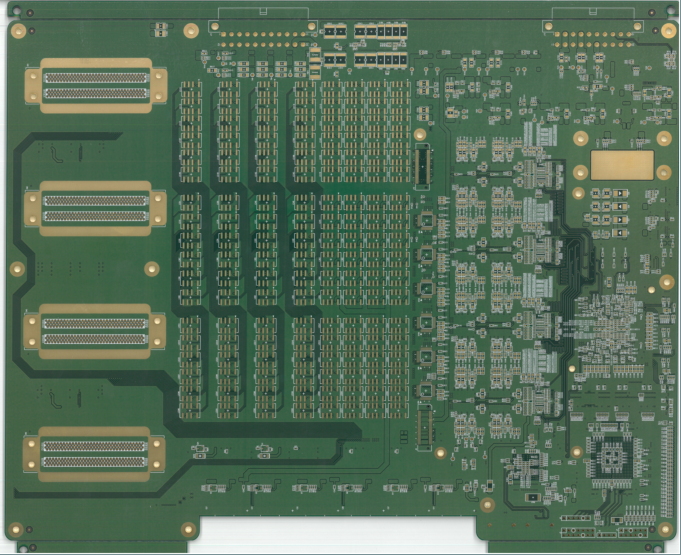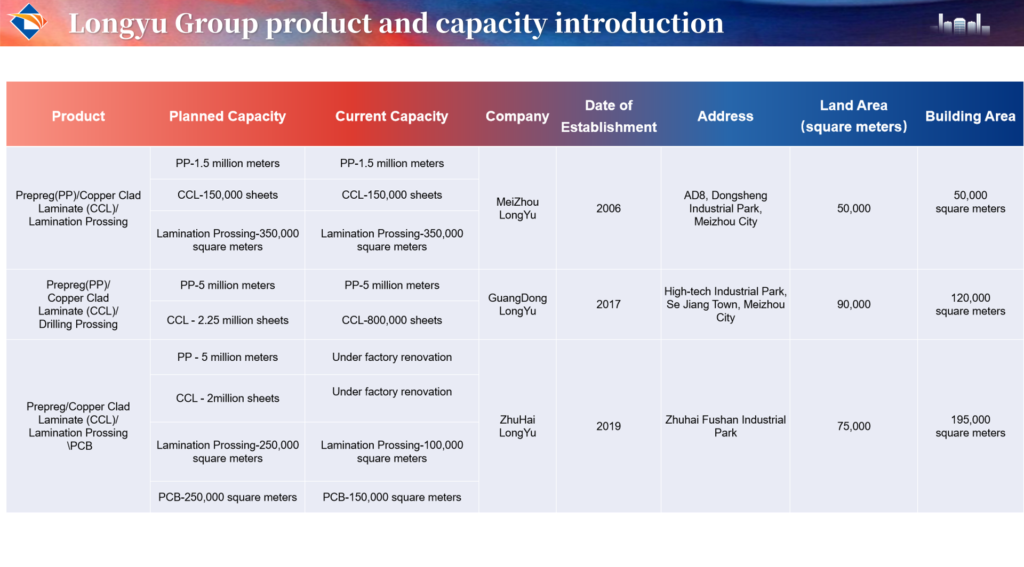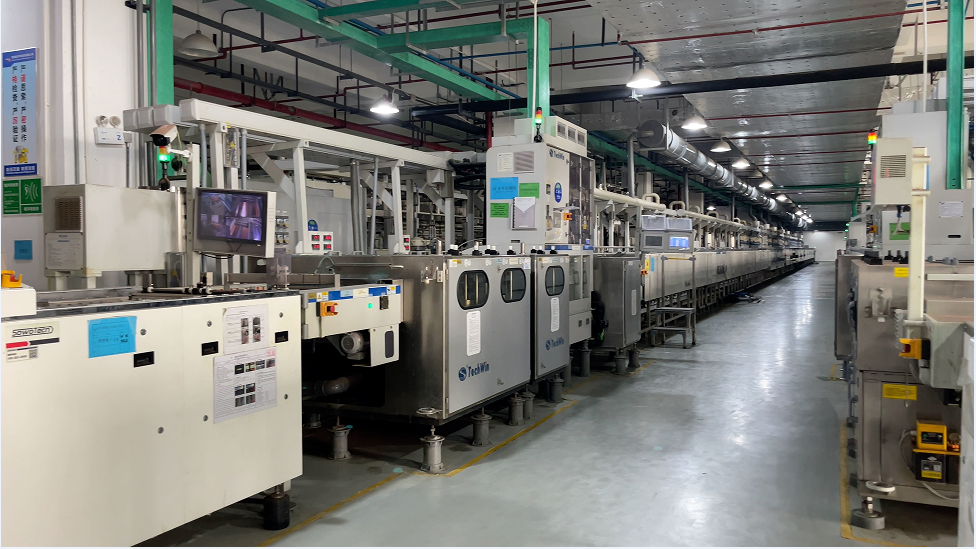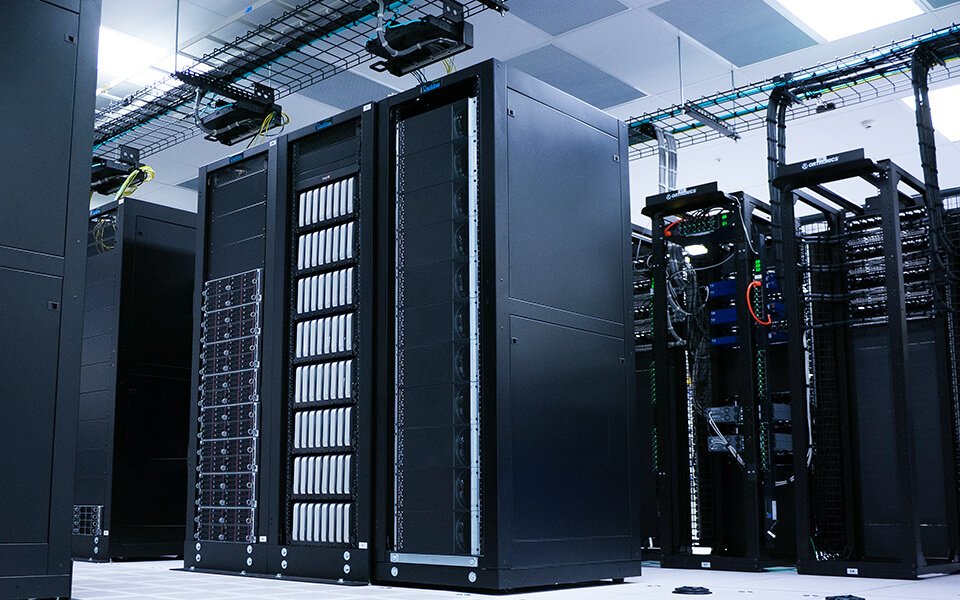Efficient thermal management is crucial for maintaining PCB reliability and performance. Excessive heat can cause component failure, reduce lifespan, and compromise the functionality of electronic devices.
At Longyu PCB, we focus on designing PCBs that can effectively manage heat dissipation. In this guide, we will explore essential thermal management techniques, from material selection to advanced cooling strategies, helping you design robust and reliable PCBs.
1. Understanding the Importance of Thermal Management in PCBs
PCBs generate heat during operation, especially in high-power applications such as automotive electronics, power supplies, and industrial control systems. Improper thermal management can lead to several issues, including:
- Component Failure: Overheating can damage components, causing device malfunctions or complete failure.
- Reduced Lifespan: High temperatures accelerate material degradation, reducing the overall lifespan of the PCB.
- Performance Degradation: Excessive heat can affect signal integrity, causing data errors and reduced performance.
1.1 Thermal Stress and Its Impact
Thermal stress occurs when temperature fluctuations cause expansion and contraction of materials. This can lead to mechanical deformation, delamination, and solder joint failure. For instance, thermal cycling between -40°C and 125°C, common in automotive applications, can drastically reduce the mechanical integrity of a PCB.
1.2 Key Metrics in Thermal Management
Understanding thermal metrics helps in evaluating the effectiveness of thermal management strategies:
- Thermal Conductivity (k): Measures a material’s ability to conduct heat, typically in W/m·K.
- Thermal Resistance (Rth): Indicates how resistant a material is to heat flow, calculated as temperature difference divided by heat flow rate.
- Junction Temperature (Tj): The maximum operating temperature of an electronic component.
For further reference, visit the IPC-TM-650 Standards for detailed thermal management guidelines.
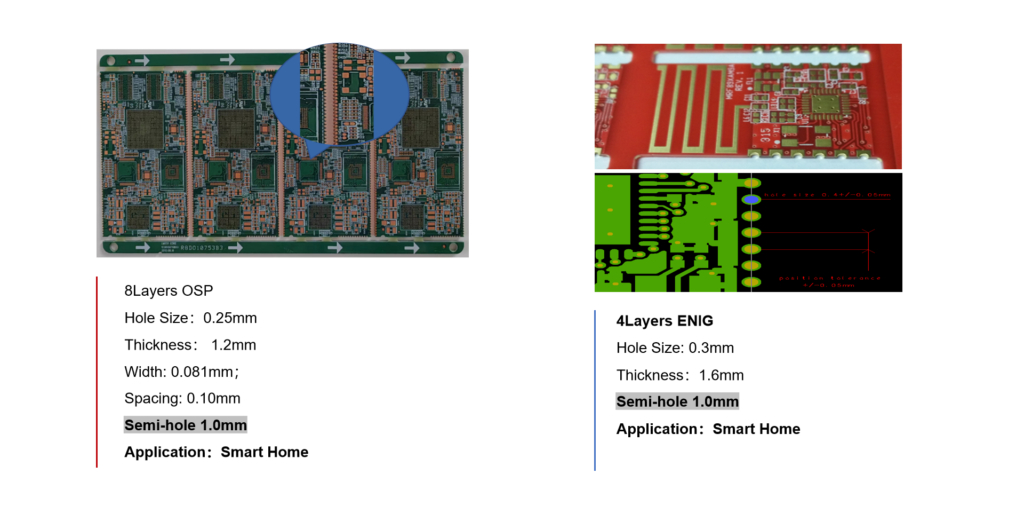
2. Material Selection for Efficient Heat Dissipation
The choice of substrate material plays a critical role in thermal management. Different materials exhibit varying levels of thermal conductivity, directly impacting the PCB’s ability to dissipate heat.
2.1 High-Thermal Conductivity Materials
Materials with high thermal conductivity can efficiently transfer heat away from critical components:
- FR-4: Standard PCB material with moderate thermal conductivity (~0.3 W/m·K).
- Metal Core PCBs (MCPCBs): Utilize aluminum or copper cores to enhance heat dissipation, ideal for high-power LEDs.
- Ceramic Substrates: High thermal conductivity (~20-30 W/m·K), suitable for RF and high-frequency applications.
2.2 Copper Thickness and Its Impact
Using thicker copper layers can significantly reduce thermal resistance. Typically, 2 oz/ft² copper thickness is recommended for power-intensive applications, providing a balance between current capacity and heat dissipation.
| Material | Thermal Conductivity (W/m·K) | Typical Applications |
|---|---|---|
| FR-4 | 0.3 | Consumer electronics, general applications |
| Aluminum Core | 205 | LED lighting, power electronics |
| Ceramic | 20-30 | High-frequency, RF applications |
3. Design Techniques for Thermal Optimization
Optimizing PCB design for thermal management involves strategic layout planning, component placement, and incorporating thermal vias and planes.
3.1 Thermal Via Arrays
Thermal vias transfer heat from surface components to inner copper layers, enhancing heat dissipation. A via array below a heat-generating component (like a power MOSFET) significantly reduces junction temperature.
3.2 Heat Spreading Planes
Utilizing copper planes as heat spreaders allows uniform temperature distribution, reducing hotspots. Integrating these planes near high-current paths ensures efficient heat transfer.
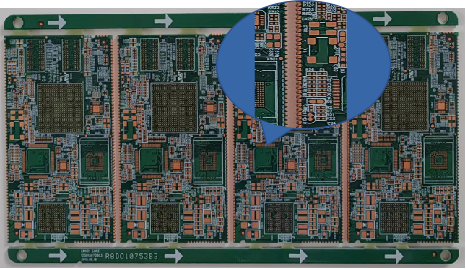
4. Advanced Cooling Techniques: Going Beyond Standard Methods
In high-power applications, conventional thermal management techniques may not suffice. Advanced cooling solutions can significantly enhance heat dissipation.
4.1 Heat Pipes and Vapor Chambers
Heat pipes transport heat from hot areas to cooler regions using phase change. Vapor chambers, a more advanced form, offer uniform heat spreading, suitable for GPUs and CPUs.
4.2 Liquid Cooling Systems
For ultra-high-power applications, liquid cooling systems circulate coolant through channels embedded within the PCB. This technique is efficient but requires careful sealing and maintenance.
5. Simulation and Testing for Thermal Performance
Thermal simulation tools like ANSYS and COMSOL predict heat flow and identify potential hotspots during the design phase. Real-world testing, such as thermal cycling and infrared imaging, validates the simulation results, ensuring reliable performance.
 Achieving Reliable PCB Thermal Management
Achieving Reliable PCB Thermal Management
Efficient thermal management in PCBs requires a combination of material selection, design optimization, and advanced cooling techniques. By understanding the thermal behavior of your components and implementing proactive design strategies, you can significantly extend the lifespan of your electronic devices.
For expert solutions, visit Longyu PCB to learn more about our customized thermal management solutions.

